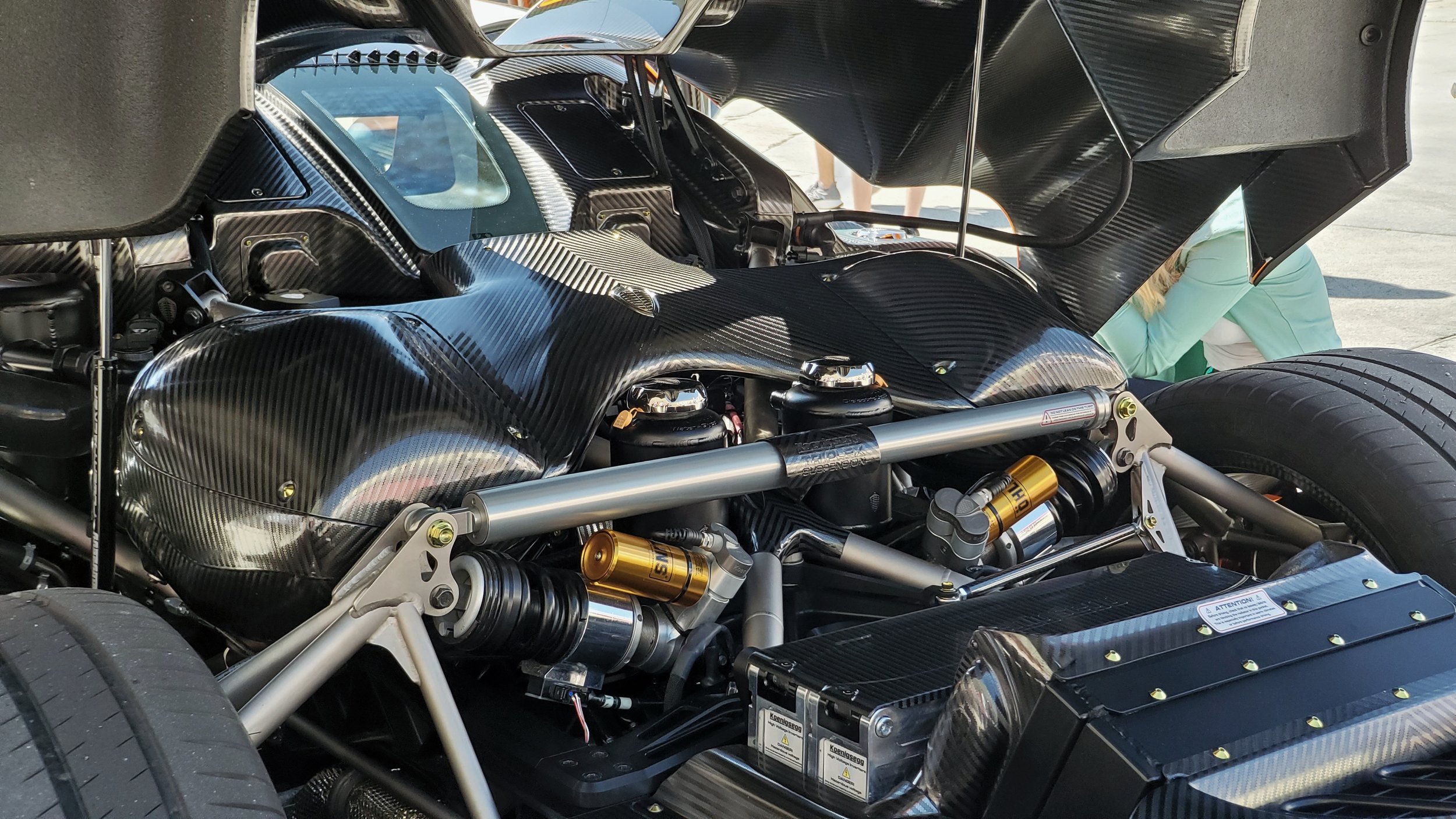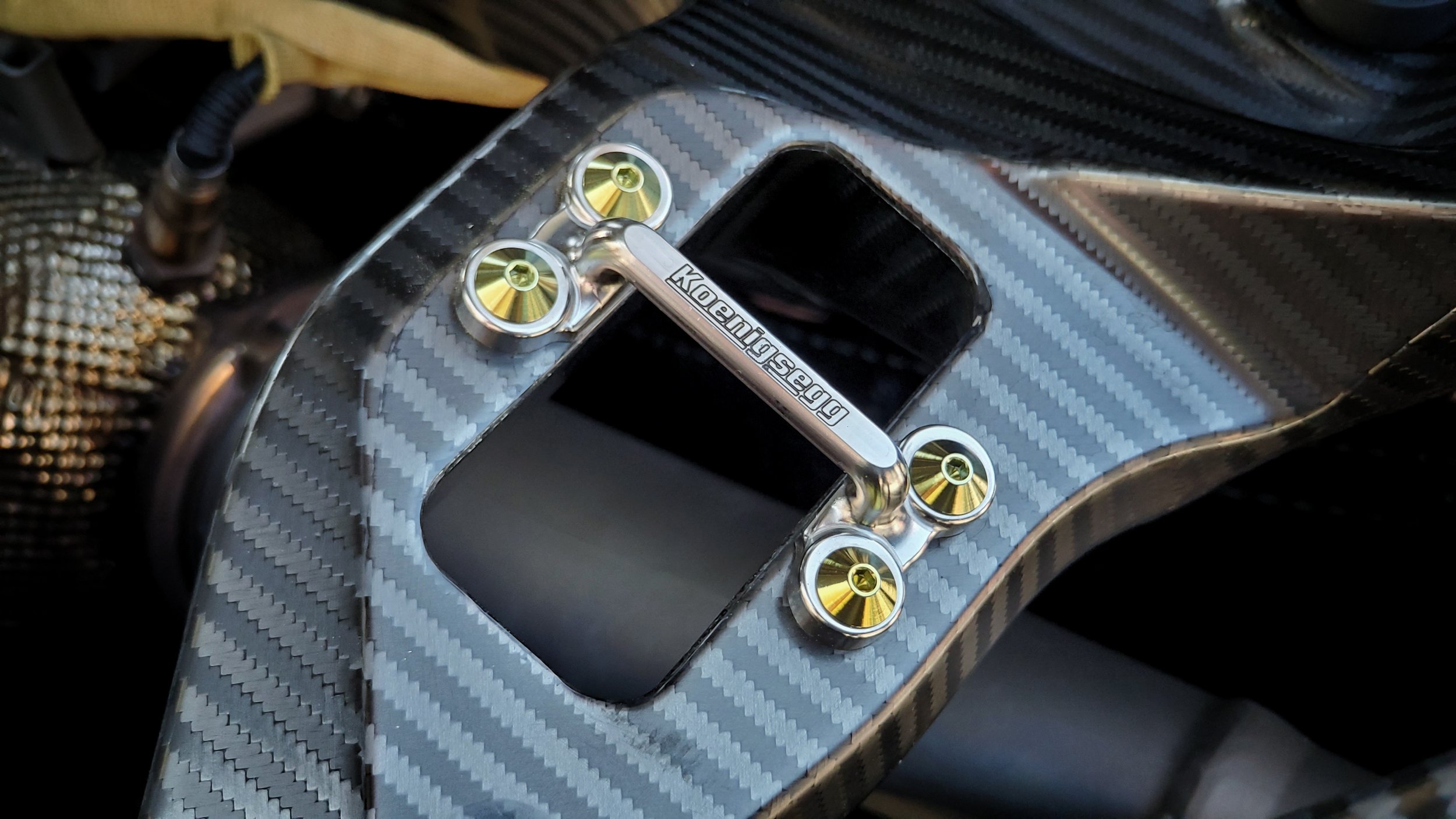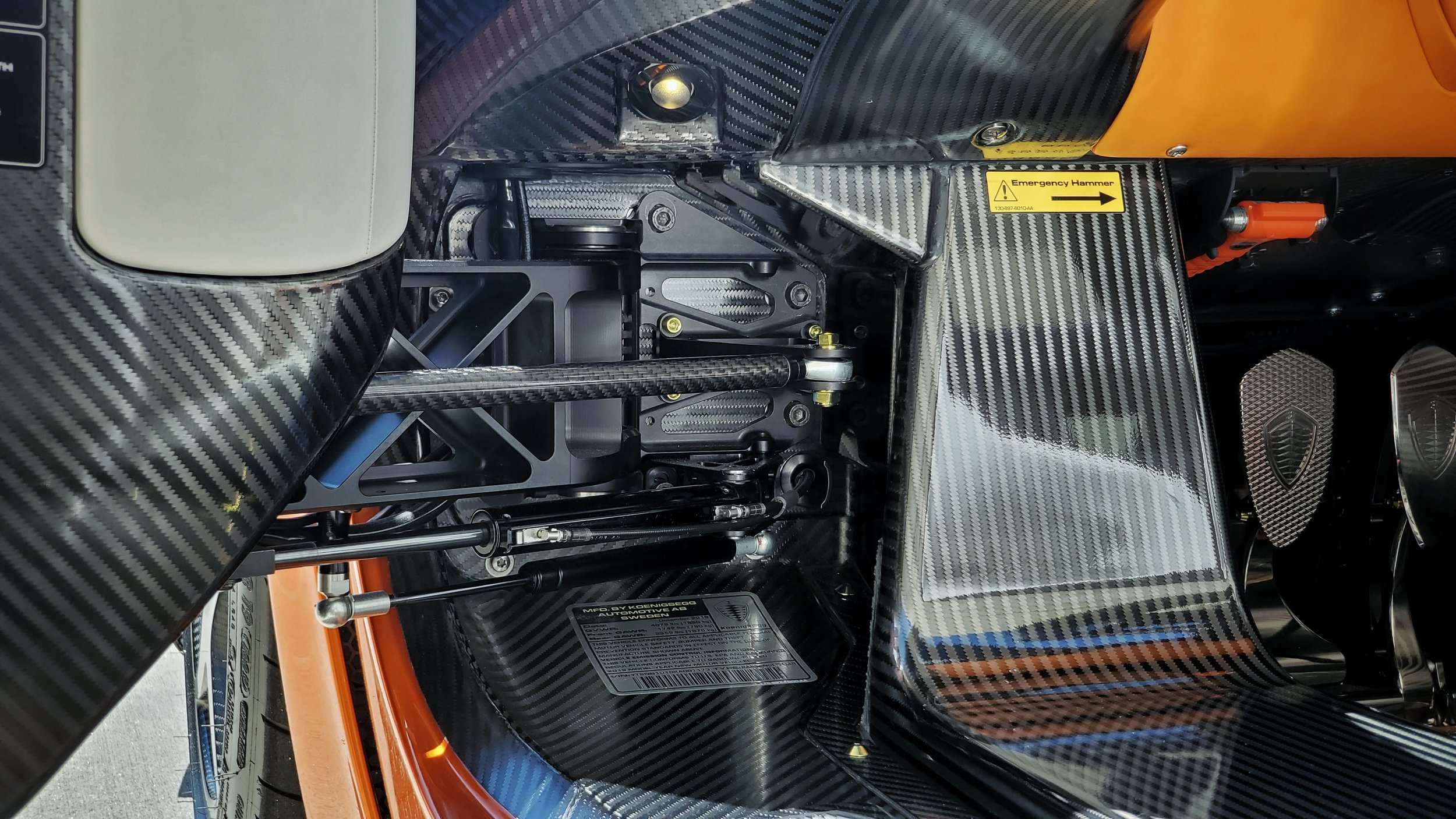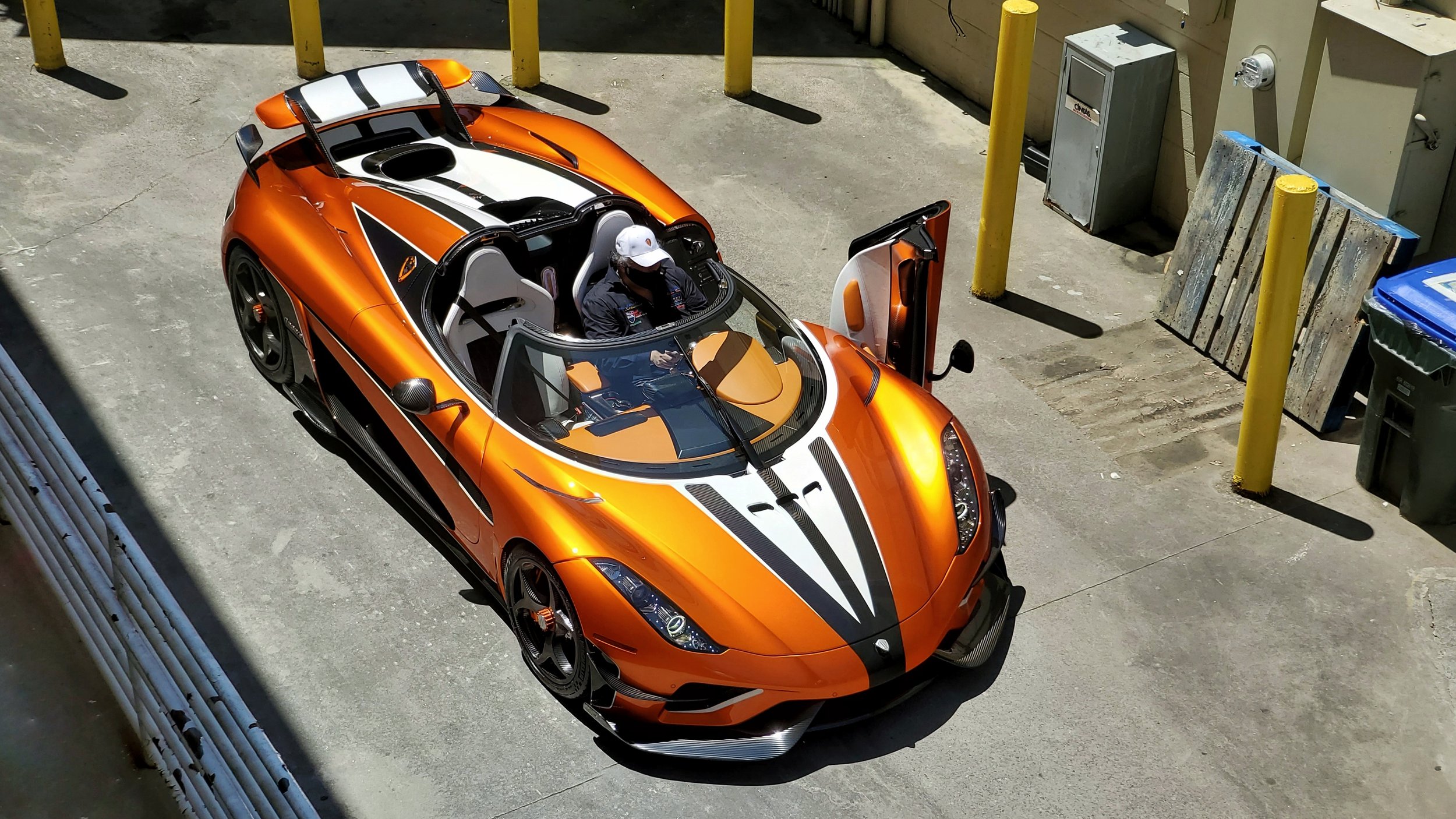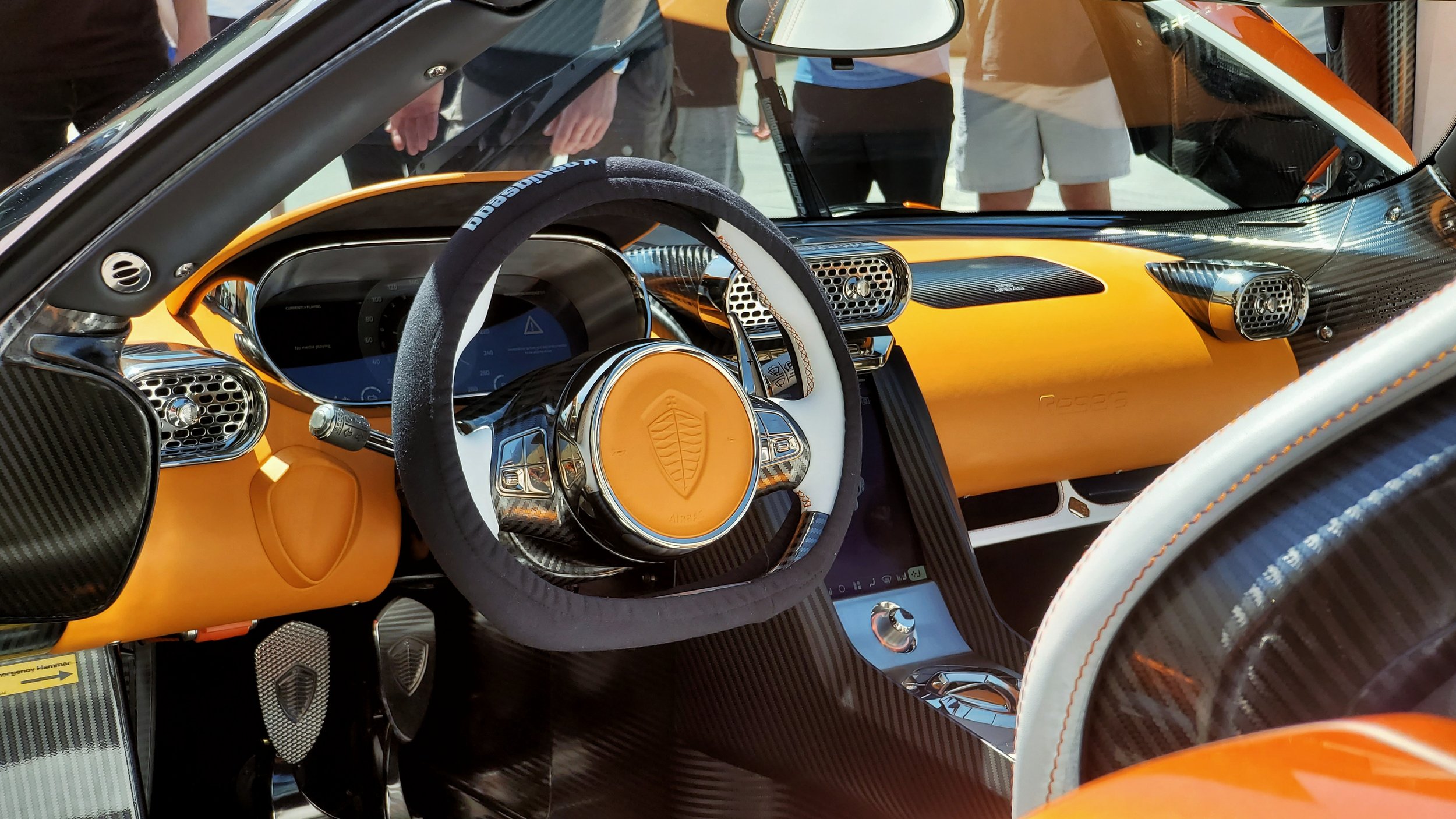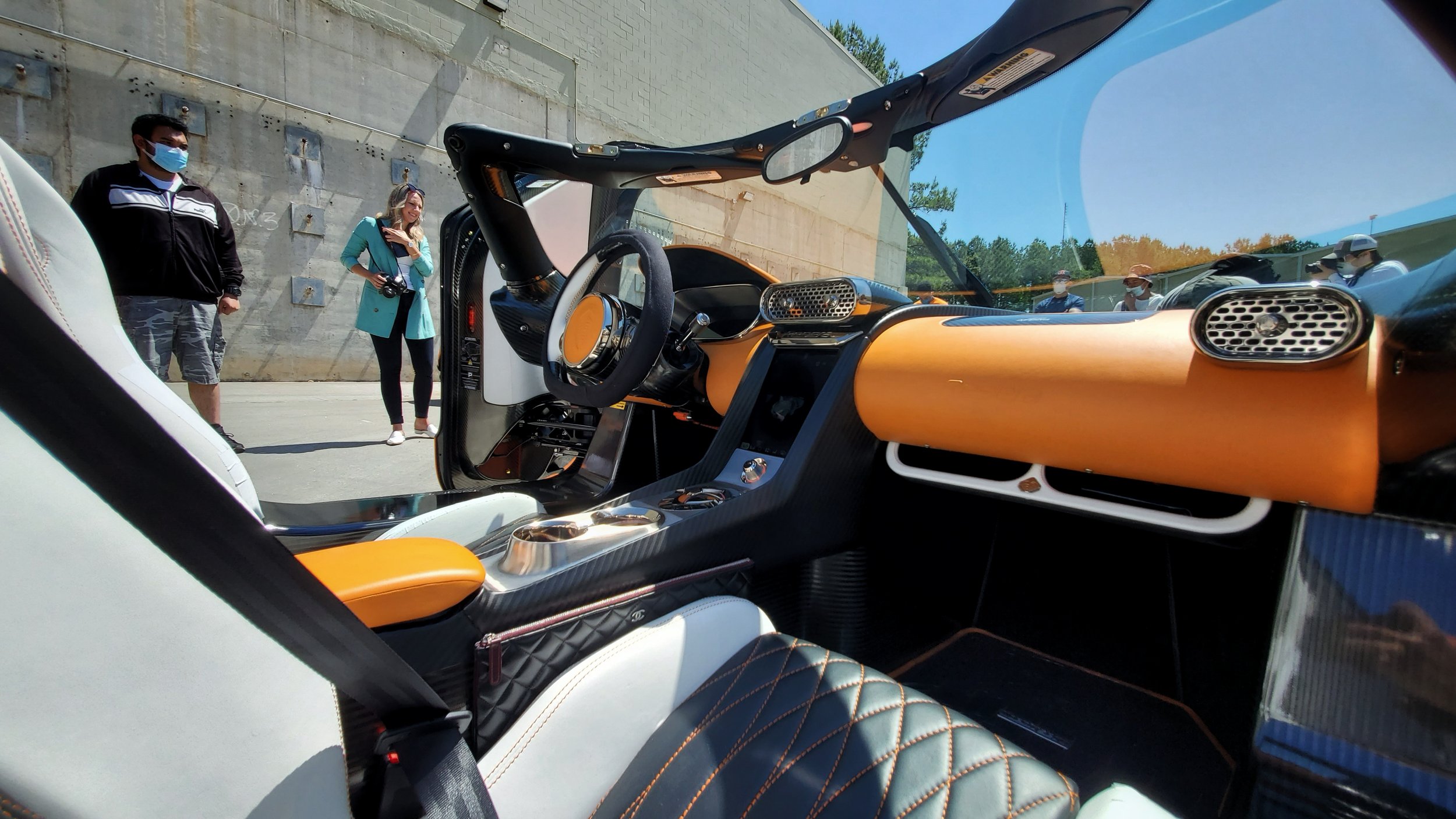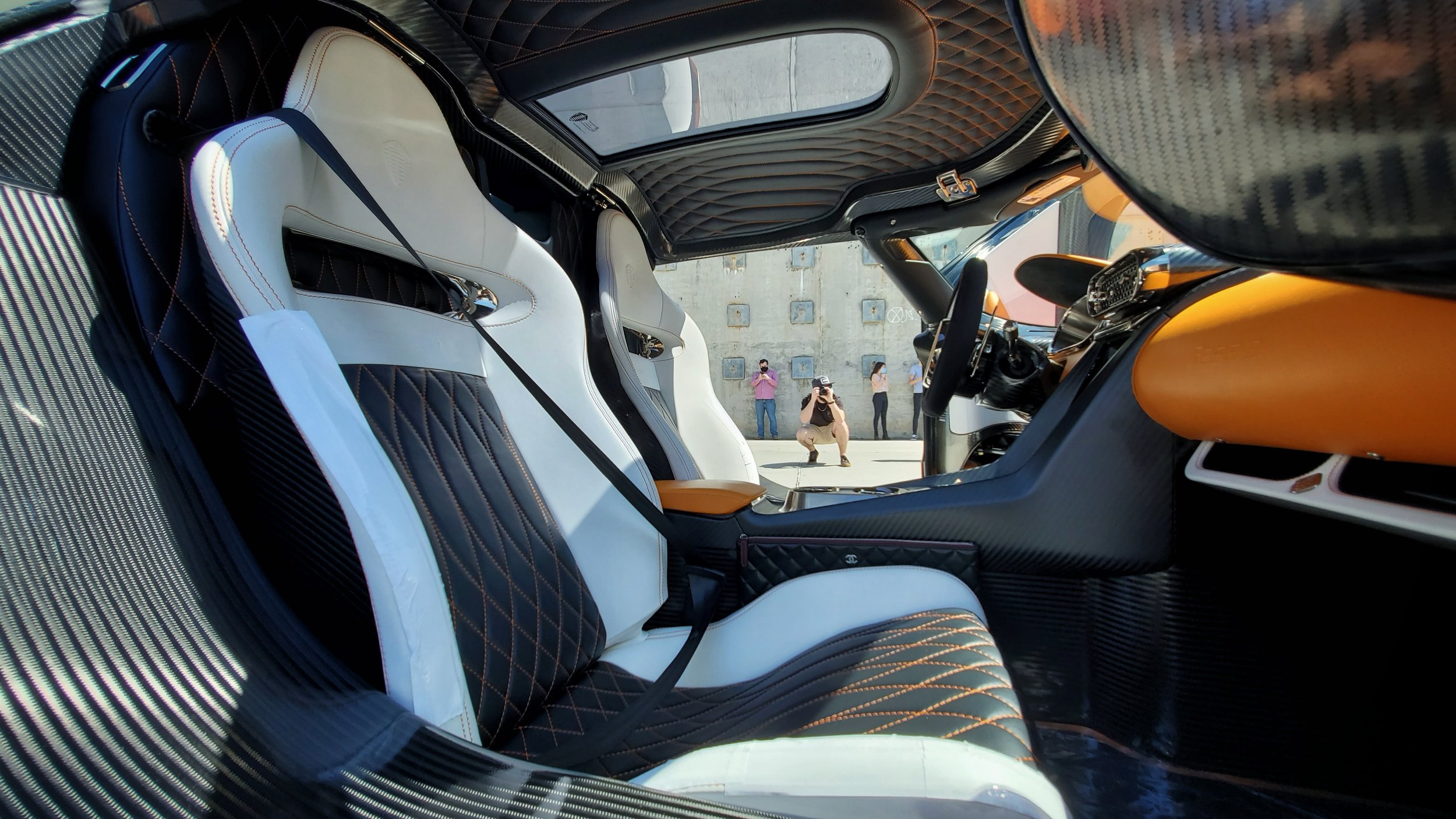The Emperor
Sweden has always been an unconventional player in the automotive field. From the strange and sensational SAABs of Trollhättan, to the car-safety pioneers at Volvo in Gothenburg, Swedish cars have enjoyed a cult status among communities both inside and outside enthusiast circles because of their ability to offer something unique and off-the-beaten path. All of this engineering talent and aptitude has generally been reserved for more traditional transportation solutions, as even the sportiest of Swedish offerings so far have still stemmed from more humble foundations. However, secluded in a former air base in Ängelholm, Skåne lives one of, if not, the most innovative, progressive, and spell-binding automakers currently in existence.
Christian von Koenigsegg founded his eponymous company in 1994, at the young age of just 22, with the goal of building the next world-class supercar. This dream came to life in 2002 with the release of Koenigsegg’s first car, the CC8S, and every creation since then has been a showcase for performance and technology that shatters boundaries and redefines the possibilities of what we understand about cars.
Photo by Norbert Aepli, Switzerland, CC BY 4.0
Through my work and my personal pursuits, I’ve had the privilege of exploring several extraordinary and exclusive automobiles, but Koenigsegg has long been one of my “unicorns” – an elusive and otherworldly machine whose craftsmanship and performance beggar belief. However, last weekend, thanks to my relentless pursuit of unique automotive experiences, and the amazing, active, enthusiastic members of Atlanta’s car community, I was finally afforded the experience of exploring the phenomenal Koenigsegg Regera.
The Regera is Koenigsegg’s first plug-in hybrid, and the first model in their product line to be officially certified for American streets. Introduced alongside the Agera RS, this is also the first time Koenigsegg has had two separate models simultaneously in production. The founder states that the Regera was developed and designed with a focus on luxury and grand-touring as opposed to the lightweight, high-performance mission of their preceding models. Previous Koenigseggs brought clean, contemporary design, exceptional build quality, intelligent ergonomics, sublime handling and breakneck power to the familiar mid-engined exotic platform, and their succeeding models elevate this formula to new realms.
Although performance may not be this car’s main priority, the Regera still delivers very generously on that front. A biofuel-capable 5.0L twin-turbocharged V-8 engine, developed in-house, is combined with a trio of electric motors which join forces to produce a mind-bending 1,479 bhp and 1,475 lb.ft. of effective output. This output is measured with high-octane pump gas, however fueling the Regera with E85 ethanol blend will produced even more power, with the added benefit of reduced emissions. This immense power makes its way to the road through an ingenious single-speed unit called Koenigsegg Direct Drive. In lieu of a conventional multi-gear transmission, an electric motor is sandwiched between the V-8’s crankshaft and a torque-converter. The instantaneous torque of the electric motor handles low-speed acceleration and provides supplemental torque as the engine speed climbs and the V-8 takes over, allowing the Regera to make the most optimal and efficient use of its staggering power.
This formidable powertrain rockets the Regera to 60 mph in less than three seconds, and onto a top speed of 249 mph, a velocity which can be achieved in a stupefying 22.87 seconds. Koenigsegg also holds the unique distinction of destroying the “0-400-0” record, where a car is taken to a speed of 400 kph (~250 mph) and back down to zero, making for a rigorous test of the engine and brakes’ absolute limits. This record was previously held by their own Agera RS, at 36.44 seconds. On September 23, 2019 on a closed stretch of Nevada highway, the Regera achieved this astonishing feat in only 33.29 seconds – a truly mind-boggling display of what Koenigsegg is capable of.
All of these capabilities must be contained by some equally impressive framework, which proudly shows itself off when you start opening up the Regera. Its exceptionally stiff carbon-fiber and aluminum honeycomb chassis is extremely resistant to twisting or flexing, even under maximu power loads. This allows for a much softer calibration for this car’s suspension, as it requires no compensation for any errant vibrations throughout the structure. Ride and handling are balanced via Koenigsegg’s radical Triplex Suspension System. The Öhlins-branded shock-absorbers are mounted inboard, keeping the bulk of the weight toward the center of the car, and they are connected by a third damper that spans the width of the rear track. This allows the Regera to actively adapt its suspension geometry based on driving conditions, making for a luxurious ride during day-to-day jaunts, and unmatched stability should the driver choose to take advantage of this cars incredible performance. This arrangement also helps mitigate squatting and diving behavior during hard acceleration and braking, ensuring confident road-holding for any and all motoring occasions.
However as Koenigsegg (ironically) states, all-out performance was not this car’s primary focus, and the Regera continues to mesmerize with statistics and figures that speak volumes beyond its sheer speed and dynamics. There may well be some latent enchantment emanating from grounds upon which Koenigseggs come to life, as they were once home to the Swedish Air Force’s “Fighter Jet Squadron No.1.” The Squadron’s “Ghost” insignia adorns every car that leaves the factory, and Koenigsegg has also adopted the squadron’s slogan, “The Show Must Go On,” as tributes to the facility’s former residents.
Building supercars on a former air force base affords the company some very unique opportunities and inspiration, such as ample space for custom fabrication, state-of-the-art research facilities, and of course a runway that provides the perfect proving grounds for handling and high-speed testing. This aviation inspiration goes well beyond the physical space this factory occupies, as Koenigsegg makes extensive use of complex composite materials and 3D printing, with all development work being conducted via Computer Aided Design.
In fact, the Regera’s develpment functioned as a test-bed for technology company NVIDIA’s “Project Holodeck,” a virtual reality program which helped engineers and designers collaborate in real-time, opening the doors to intricate new methods of modeling and construction that were previously not possible. When engineering and aesthetics are so often at odds with each other, these inventive new approaches make for some truly groundbreaking conceptions, evident in the sheer level of detail found on every single component of the Regera.
Every fastener, bracket, brace, cap, and frame-rail is as much a work of art as it is an engineering marvel; it’s the sort of sci-fi fantasy come-to-life that sets Koenigsegg so far apart from even the most celebrated supercars, adding new meaning to concept of a “dream car.” Even something as commonplace as a door-hinge is reinvented by Koenigsegg to become a signature piece for the brand. Their “Dihedral Sycro-Helix” door hinges, augmented and automated in the Regera by a series of electronics and hydraulic pumps, are a novel take on the unorthodox doorways often found on exotic cars.
Even the paint on this example put Koenigsegg’s engineers through their paces. The one-of-one “Imperial Orange” finish requires 42 layers of paint with an additional 42 layers of clearcoat to mask the bare-carbon bodywork. This rigorous process is well worth the effort; the lustrous finish glows like molten metal in the sunlight and it really needs to be seen in person for full effect.
The cabins of many low-volume, boutique cars have often been a sticking point. Even early examples of the most iconic supercars featured interiors that were a hodgepodge of random switchgear sourced from other manufacturers. Leather, suede, Alcantara and aluminum trim make for some admittedly fine interior trappings, but the fit & finish often left much to be desired. However, “compromise” is not a word that exists in Koenigsegg’s vocabulary; the Regera’s interior is a stunning place to be, featuring a clean and sensible layout with gorgeous details requisite of this company’s design philosophy. Whereas some companies, even well-established and experienced automakers, may overdo their interior designs with illogical control layouts and difficult driving positions, Koenigsegg takes a more straightfoward approach, which is amplified by their artistic and obsessive attention to detail. Leave it to them to draw so much beauty out of an air-vent, a turn-signal stalk, or a brake pedal.
There’s an air of elegance that Koenigsegg holds above other contemporary supercars, even within the “hypercar” and “megacar” realms, which makes their preposterous performance and exquisite detailing all the more impressive. The Regera’s design, and indeed that of all Koenigseggs, subverts the typically aggressive and eye-grabbing stylings of other sports cars, making for a shape that I believe will age far more gracefully. The car exudes presence simply by virtue of what it is, but it was surprising to note how small and even delicate it looked among the other cars that joined the party that afternoon.
The only automaker that approaches this level of craftsmanship and passion has to be Pagani. In fact, I find it quite notable how both of these manufacturers represent two different sides of the hypercar coin. Pagani is a celebration of everything we love about the traditional thrill of motoring – unfettered design and performance that makes the most of what we adore about internal combustion today. Koenigsegg, on the other hand, is an emissary for what magic the future holds for the cars we dream about, forging new paths and creating new fantasies for enthusiasts to lose themselves in.
The opportunity to take a deep-dive into the Regera is a true testament to the red-blooded passion that cars inspire. All too often, cars like this end up being locked away as investment items or display pieces, relegated to private showings and special events where their true excellence may not be fully appreciated or even noticed. These machines can feel mythic and unreal when we’re only able to experience them through a video game, a magazine, or a photo on screen. With that in mind, I cannot thank Mr. Atique Shah enough for sharing his incredible machine with our community.
Mr. Shah has been an active member of Atlanta’s automotive scene with a magnificent collection of exotics, featuring creative, one-of-a-kind specifications that make these already exciting automobiles all-the-more original. I especially appreciate his willingness to drive his cars and consistently participate in the various events that take place all over our great city, and there just aren’t enough words of gratitude to express how awesome it was that he arranged this opportunity for us gearheads to explore his newest toy.
The Regera debuted in 2016, and only 80 will be built. Each lucky owner is granted the privilege of consulting with Christian von Koenigsegg directly, as every unit is a bespoke commission tailored to the clients’ dreams and desires. “Regera” is the Swedish for “to reign,” and Mr. Shah’s car features an additional personal touch in the form of a charming nickname. “Kejsare,” Swedish for “Emperor,” is a more than fitting title for this truly marvelous expression of automotive artistry and engineering.
Koenigsegg Regera
Pricing: $2,000,000 to infinity and beyond
Powertrain: 5.0L Twin-Turbocharged V-8, 2x YASA 750R Electric Motors, 1x YASA P400 Motor
Transmission: Koenigsegg Direct Drive 2.73:1 Ratio Single-Speed
Horsepower: 1,479 bhp combined effective output
Torque: 1,475 lb.ft. combined effective output
Performance
0 to 60 mph: 2.8 sec
0 to 100 mph: Unconfirmed
Standing ¼-mile: Unconfirmed
Top Speed: 249 mph
Dimensions
Wheelbase: 104.8 in.
Length: 179.5 in.
Width: 80.7 in.
Height: 43.7 in.
Curb Weight: 3,510 lbs.




